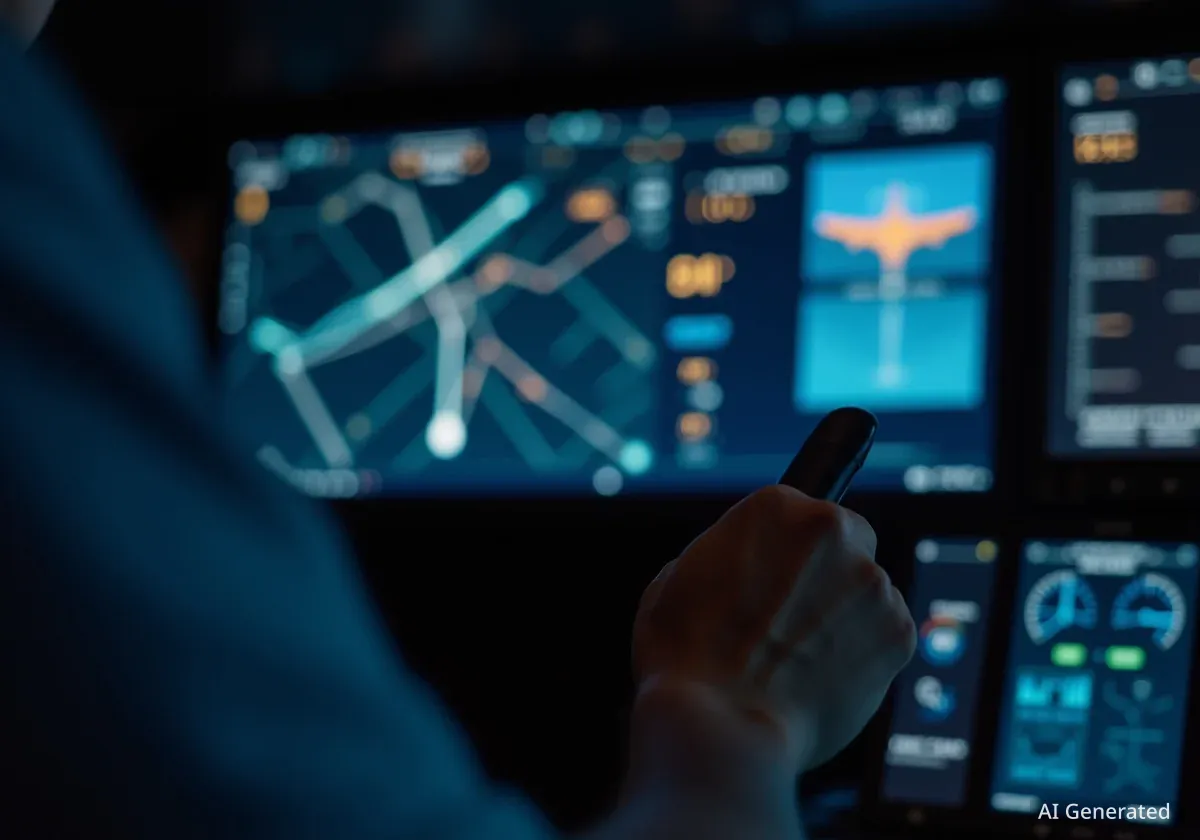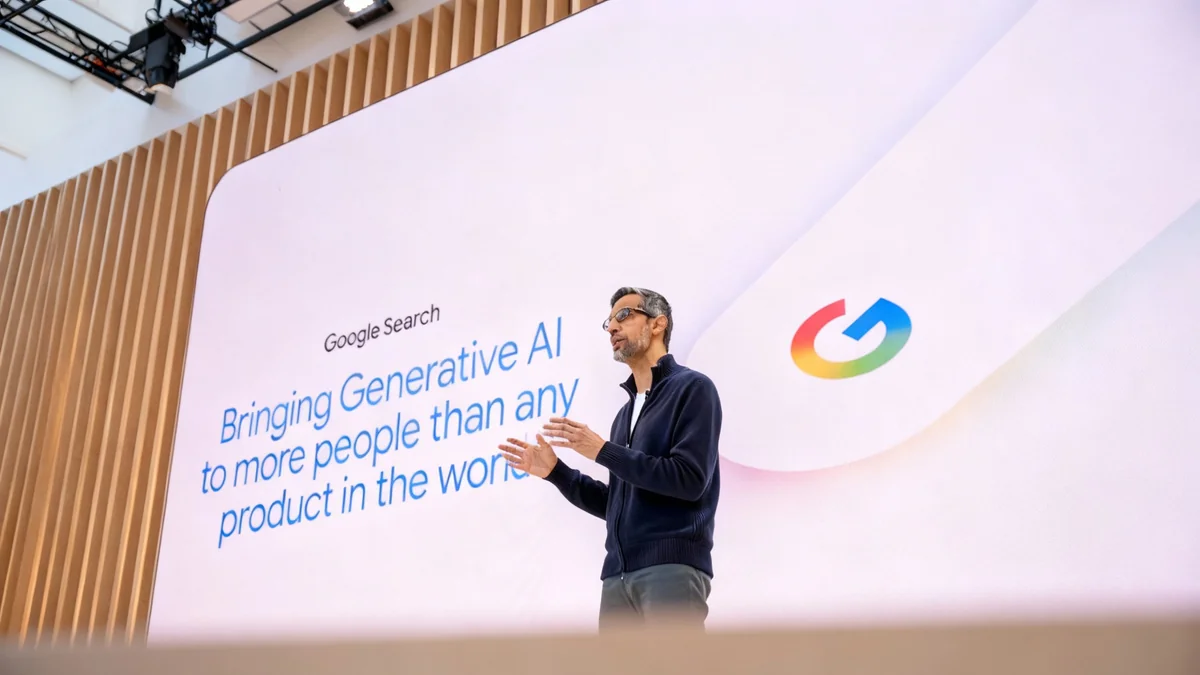The European Union Aviation Safety Agency (EASA) is developing a new framework to certify artificial intelligence systems for safety-critical applications in aviation. This initiative addresses the growing need for updated regulations that can adequately assess the reliability of complex machine learning technologies, which do not fit traditional certification models.
The move highlights a growing divergence in regulatory philosophy between European and U.S. authorities. As aviation incorporates more advanced AI, ensuring its safety and reliability has become a primary focus for international regulators, with EASA taking a proactive approach to establish clear standards.
Key Takeaways
- EASA is creating a new, objective-based framework for certifying AI in critical aviation systems.
- Traditional aviation safety regulations are insufficient for evaluating modern machine learning technologies.
- Significant differences exist between the regulatory processes of the EU's EASA and the U.S. Federal Aviation Administration (FAA).
- The new approach aims to provide a clear pathway for safely integrating AI into areas like air traffic control and flight operations.
A New Framework for a New Technology
Aviation safety has historically relied on a prescriptive set of rules. These rules dictate exactly how a system must be designed and built to be considered safe. However, this approach is not well-suited for artificial intelligence, particularly machine learning systems that learn and adapt from data.
Recognizing this gap, EASA is shifting towards a performance-based and objective-based regulatory model. Instead of dictating the 'how,' the new framework will define the safety 'what'—the specific safety objectives an AI system must achieve to be certified for use in an aircraft.
Understanding Regulatory Approaches
Prescriptive regulations provide detailed instructions on how to comply with a rule. Performance-based regulations, in contrast, set a desired outcome or safety level, allowing manufacturers flexibility in how they achieve it. This is considered more suitable for rapidly evolving technologies like AI.
This change is fundamental. It allows for innovation while ensuring that safety standards remain rigorous. Manufacturers will have to demonstrate through extensive testing, simulation, and data analysis that their AI systems meet EASA’s stringent safety objectives under all foreseeable operating conditions.
The Unique Challenges of Certifying AI
Certifying AI for safety-critical roles presents unique difficulties that legacy systems did not. Traditional software follows predictable, programmed logic. If you provide the same input, you will always get the same output. This is not always true for advanced AI.
Machine learning models, for example, can be non-deterministic and are often described as "black boxes" because their internal decision-making processes can be difficult for humans to fully understand or predict. This makes it challenging to guarantee their behavior in every possible scenario, a cornerstone of aviation safety.
One of the most complex AI applications currently being explored is speech recognition for air traffic control (ATC) communications. Such a system must interpret various accents, dialects, and background noises with near-perfect accuracy to ensure safety.
EASA's new framework is designed to tackle these issues directly. It will require developers to provide robust assurance cases that explain how the AI works, define its operational limits, and prove its reliability. This involves a comprehensive evaluation of the data used to train the AI, the algorithms themselves, and the system's overall performance.
Growing Divide in EU and US Aviation Rules
The development of this new AI certification process highlights a significant difference in regulatory philosophy between Europe and the United States. EASA's approach is rooted in the European Union's process of establishing high-level objectives first and then developing the specific rules to meet them.
In contrast, the U.S. Federal Aviation Administration (FAA) often follows a different rulemaking path, which can make harmonizing international standards for new technologies difficult. These procedural differences mean that a system approved under one authority may not automatically be accepted by the other, creating potential hurdles for manufacturers.
"Harmonizing regulations for emerging technologies is a global challenge. When foundational rulemaking processes differ, as they do between the EU and the U.S., aligning on complex topics like AI requires a concerted and deliberate effort from both sides."
This divergence is not new, but it is amplified by the complexity and rapid pace of AI development. For global aviation to function seamlessly, common standards are essential. The industry is closely watching how EASA and the FAA will work to bridge this gap to create a unified approach for AI safety.
Implications for the Future of Flight
EASA's initiative is a critical step toward integrating AI into the core functions of aviation. The successful certification of AI could unlock significant advancements in safety, efficiency, and capability. Potential applications include:
- Autonomous Flight Systems: AI could manage routine flight operations, reducing pilot workload and potentially enabling single-pilot or fully autonomous cargo flights in the future.
- Predictive Maintenance: AI algorithms can analyze sensor data to predict component failures before they happen, improving aircraft reliability and reducing maintenance costs.
- Optimized Air Traffic Management: AI can help manage increasingly crowded airspace more efficiently, reducing delays and fuel consumption.
However, the path forward requires building public and industry trust. A transparent, robust, and globally recognized certification process is the foundation of that trust. EASA's new framework aims to provide just that, setting a potential benchmark for other regulators worldwide.
As the first detailed guidelines emerge, aircraft manufacturers and technology companies will gain a clearer understanding of the requirements for getting their AI-powered innovations off the ground and into the sky safely. The success of this European initiative could shape the future of aviation for decades to come.





